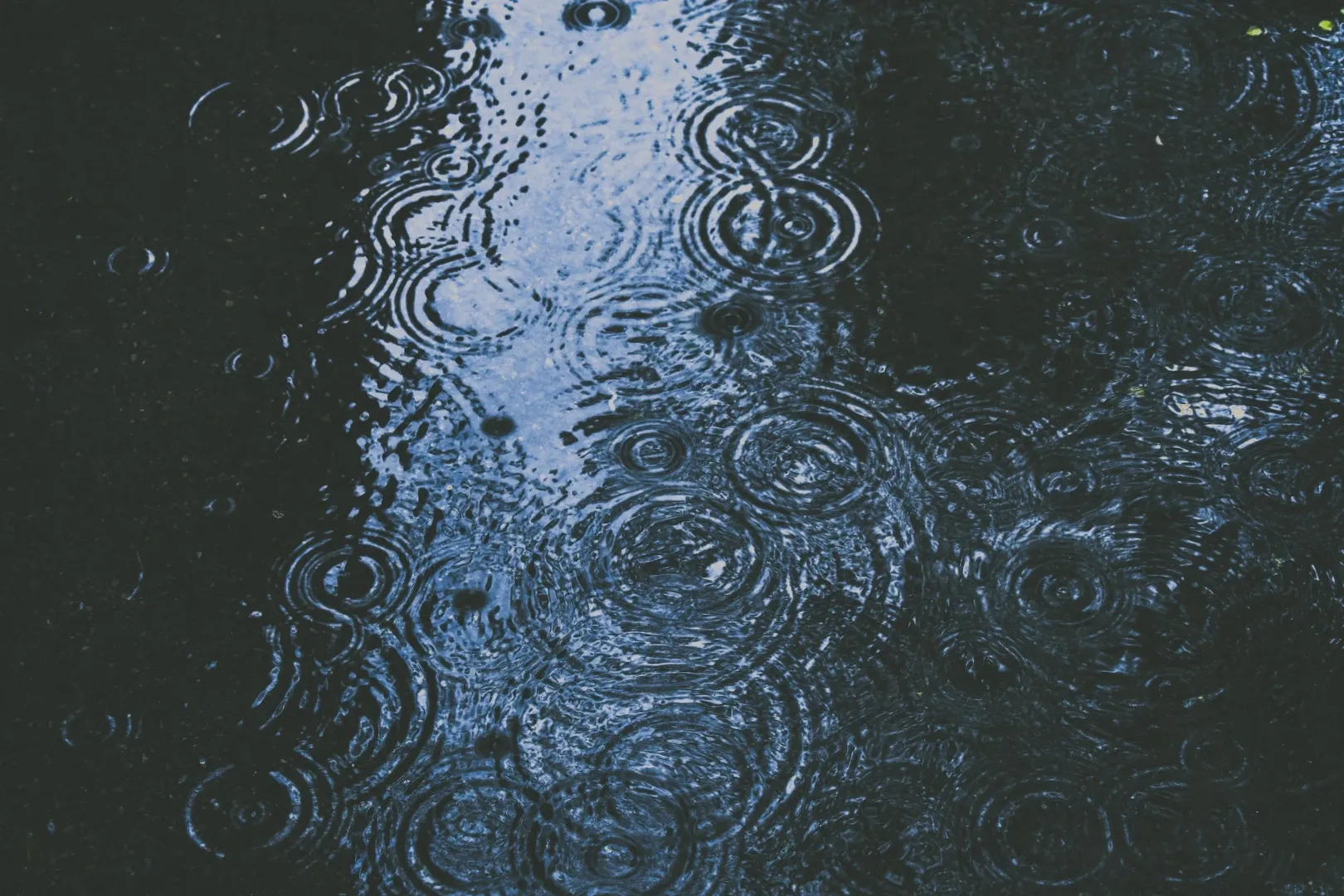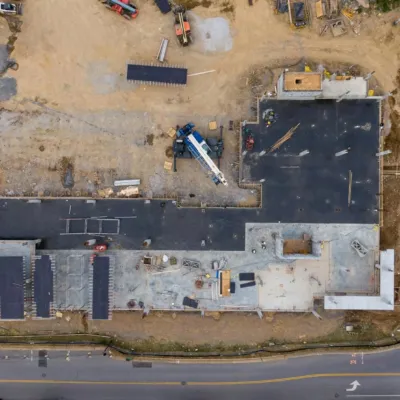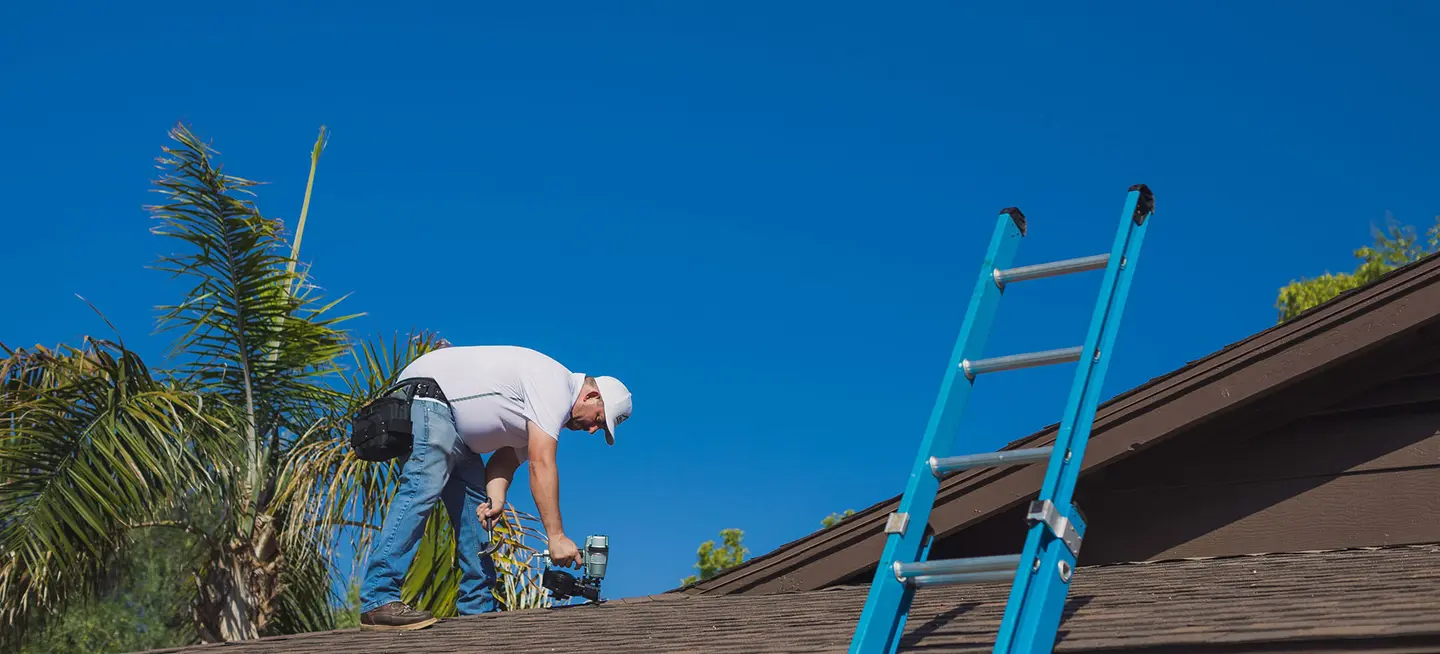
Reasons TPO Roofing is a Popular Choice for Commercial Buildings
Professional commercial roofing contractors recognize numerous advantages that make TPO an excellent option for modern construction and renovation projects.


It’s essential to carry out roof maintenance before the rainy season begins so that it’s able to withstand such unforgiving weather conditions.
The monsoon season brings much-needed rain, but it also puts your roof to the test. Heavy downpours, strong winds, and persistent moisture can reveal even the smallest vulnerabilities in your roofing system. These conditions can lead to clogged gutters, leaks, shingle damage, and even structural issues without proper preparation and maintenance. To guarantee your home or commercial building remains protected, it’s essential to carry out thorough roof maintenance before the rainy season begins. As professional roofing specialists, we’ve compiled the best tips and strategies to help you safeguard your roof during monsoon season.
Effective waterproofing is the first line of defense against monsoon damage. Any weakness in your roof’s waterproofing can quickly become a costly leak or water intrusion problem. Professional waterproofing involves applying a water-resistant membrane or coating to the roof surface, sealing seams, and reinforcing vulnerable areas such as valleys, flashing, and penetrations. This process is best handled by experienced roofing contractors who know the specific needs of your roofing material and local climate.
Waterproofing is especially critical for flat roofs, as standing water can quickly find its way through even the smallest cracks. Professional-grade membranes or liquid-applied coatings are highly recommended for these roof types.
A thorough roof inspection before the rainy season is one of the most important steps you can take. An experienced roofing contractor will examine your exterior and interior for signs of wear, damage, or leaks. Key areas to inspect include:
Shingles or tiles: Check for cracks, curling, missing pieces, or granule loss.
Flashing: Inspect around chimneys, vents, skylights, and valleys for rust, gaps, or lifting.
Roof deck: Look for signs of sagging, rot, or water stains inside the attic.
Sealants: Ensure all caulking and sealants are intact and not deteriorated.
Any issues found during the inspection should be promptly addressed. Early repairs are far less expensive than dealing with water damage after the rains begin.
Gutters are your roof’s drainage system, directing rainwater safely away from your home’s foundation. Without properly functioning gutters, water can pool on your roof, seep under shingles, and cause leaks or structural damage.
If your roof doesn’t have gutters, have a professional install them before monsoon season. Regular cleaning is essential for existing gutter systems. Leaves, twigs, and debris can quickly clog gutters and downspouts, forcing water to overflow and damage your roof, siding, or foundation. Gutter guards can be installed to reduce debris buildup and reduce maintenance.
Roof vents are crucial for attic ventilation, but they can also be the origin of leaks if not properly maintained. During the rainy season, make sure all roof vents are securely fastened and sealed against water intrusion. Professional roofers can inspect and repair vent flashing, replace damaged vent covers, and ensure all penetrations are watertight.
Do roof vents let rain in? Roof vents should not let rain into your home when properly installed and maintained. However, damaged or poorly sealed vents can allow water to seep in during heavy storms. Routine inspection and maintenance are fundamental to preventing this issue.
Chimneys are another common source of leaks during the rainy season. Cracks in the chimney structure or gaps around the flashing can let water enter your home. Before the monsoon arrives, have a professional inspect your chimney and repair any damage. Installing a chimney cap or hood provides additional protection, preventing rain from entering the flue and keeping out debris and animals.
Shingles are your roof’s first defense against rain but can become damaged or dislodged over time. Inspect your shingles for indications of wear, such as curling, cracking, or missing pieces. Pay special attention to areas where shingles meet flashing, valleys, or roof edges—these are common trouble spots during heavy rain.
Contact a roofing professional for repairs or replacement if you notice any issues. Well-maintained shingles prevent leaks and protect your roof’s underlying layers.
Flat roofs are particularly vulnerable during the rainy season because of water pools rather than runoff. If you experience leaks or damage during wet weather, temporary repairs can help prevent further water intrusion until permanent repairs can be made. Professional roofers use specialized materials and techniques to patch flat roofs even in damp conditions, but the best approach is always to address potential issues before the rains begin.
Commercial roofs, especially those with large flat surfaces, face unique challenges during monsoon season. Heavy rainfall can quickly overwhelm drainage systems, leading to ponding water and an increased risk of leaks. Regular inspections, prompt repairs, and proactive maintenance are essential for commercial properties. Consider scheduling professional roof cleaning and inspection before the rainy season and ensuring all drains, scuppers, and gutters are clear and functioning.
If your roof is nearing the end of its lifespan or has sustained damage, consider roof replacement before the monsoon season. Modern roofing materials are designed to handle extreme weather and provide superior waterproofing. A new roof installed by professionals offers peace of mind and long-term protection against the elements.
Waterproofing your roof involves several key steps:
Inspect and repair all roof surfaces, including shingles, flashing, and sealants.
Apply a waterproof membrane or coating, especially on flat or low-slope roofs.
Seal around all penetrations, such as vents, skylights, and chimneys.
Guarantee gutters and downspouts are clear and functioning.
Add gutter guards or screens to minimize debris buildup.
Install chimney caps and vent covers for extra protection.
These steps are best performed by experienced roofing professionals who use high-quality materials and proven techniques.
The best way to protect your roof during the rainy season is to be proactive. Schedule a professional inspection, address any repairs, and verify that your drainage systems are ready to handle heavy downpours. Don’t wait until you notice a leak—by then, the damage may already be done.
Your roof is your home’s shield against the elements, and the monsoon season is its ultimate test. With proper maintenance, timely repairs, and professional waterproofing, you can guarantee your roof stands strong against heavy rain, wind, and storms. Contact a trusted roofing contractor if you’re unsure about your roof’s condition or need help preparing for the rainy season. Investing in preventative care can save you from costly repairs and give you comfort all season long.
Irish Roofing Company provides Scottsdale with residential tile roof installation and replacement, shingle roof installation and replacement, metal roof installation and replacement, roof repair, roofing maintenance, and roof inspection services. Count on our uniformed, knowledgeable, and experienced roofers for high-quality roofing solutions.

Professional commercial roofing contractors recognize numerous advantages that make TPO an excellent option for modern construction and renovation projects.

Commercial roofing experts utilize specialized formulations designed for maximum durability in demanding conditions.

Composed of specialized materials designed to protect and enhance roofing systems, these coatings create a seamless, protective layer across roofing surfaces.

We offer solutions for every roof and budget. Call today for a quote. Whether it’s a roof installation, roof repair, or roof maintenance, our team is ready to help.